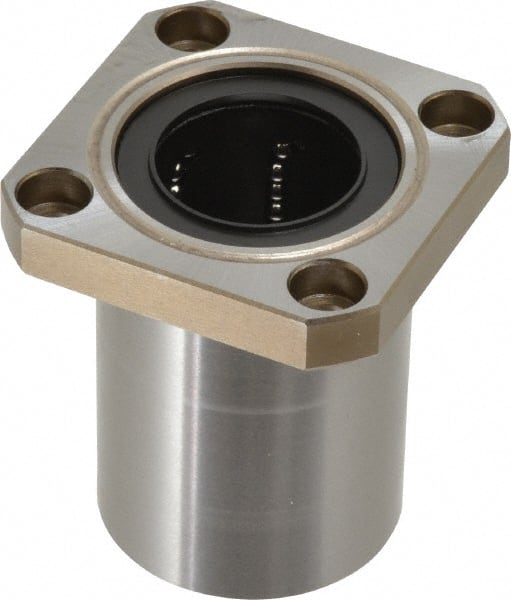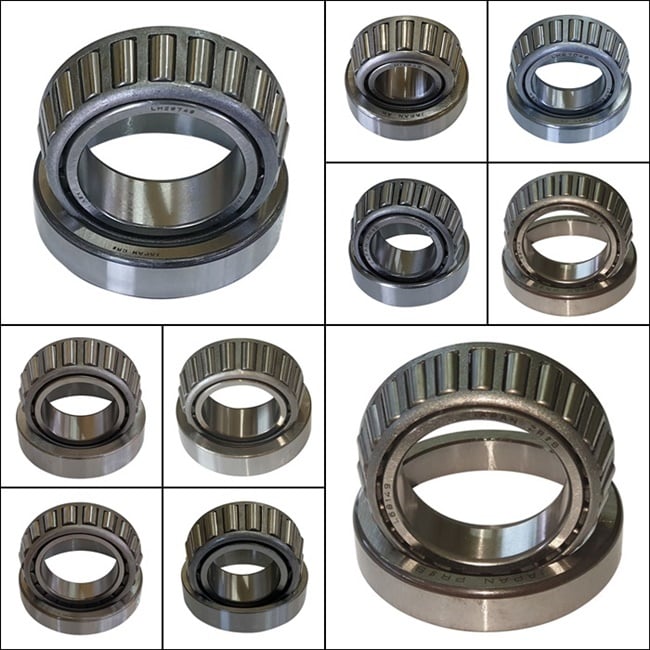

In a 2-rail, 4-bearing arrangement, the two bearings closest to the cantilevered load or driving force should be fixed, and the other bearings should be floating.īinding is sometimes confused with stick-slip, but the two conditions are not the same.

The fixed-floating arrangement allows the bearing system to compensate for small misalignments and helps to prevent unnecessary wear. The only ways to counteract binding are to 1) shorten the moment arm distance, 2) increase the length of the bearing, or 3) reduce the coefficient of friction.Īn important design guideline for plain bearing systems is as follows: When two rails or shafts are used (as in the 2-rail, 4-bearing arrangement shown below), the bearings mounted on the rail closer to the cantilevered load (or driving force) should be fixed, and the bearings mounted on the rail farther away from the cantilevered load (or driving force) should be floating.

This white paper from PBC Linear provides an analysis of the forces on the bearing and gives the complete derivation of the 2:1 ratio.Īs mentioned above, when the 2:1 ratio is exceeded, applying a larger driving force won’t cause the bearing to move. This is why recirculating bearings rarely experience binding issues with cantilevered loads – their coefficient of friction is generally around 0.001, so the acceptable ratio of moment arm distance to bearing length is 500:1. And if it is higher, at 0.50, for example, the ratio becomes 1:1. If the coefficient of friction is lower, at 0.10 for example, the ratio will be 5:1. Using the generally accepted coefficient of friction of 0.25 for plain bearings, the ratio is 2:1. As shown by the equation below, the acceptable relationship between the moment arm distance (D 1) and the bearing length (L 1) that will prevent binding depends on the bearing’s coefficient of friction (μ). In reality, the 2:1 ratio is not always 2:1. The 2:1 ratio is the relationship between the length of the bearing and the distance that the cantilevered load (or driving force) is located from the bearing. The solution lies in what is commonly referred to as the 2:1 ratio (also known as the “ 2:1 rule” or the “ binding ratio”).

Counterintuitively, the solution to overcome binding is not to apply a larger driving force. In order for the bearing to move, the driving force must be greater than the friction forces otherwise, binding, or a lack of motion, occurs. These reaction forces, multiplied by the bearing’s coefficient of friction, determine the friction forces that oppose the bearing’s motion. The moment caused by a cantilevered load (or driving force) produces two reaction forces on the bearing that are equal and opposite in magnitude. In this context, the term “bearing” can mean a single bearing or a bearing system – for example, two rails in parallel, with two bearings each, that collectively support a load. On the contrary – the majority of applications involve loads that are cantilevered, meaning they are offset from the bearing and induce a moment load. There are few linear motion applications in which the load is perfectly centered over the supporting bearing.


 0 kommentar(er)
0 kommentar(er)
